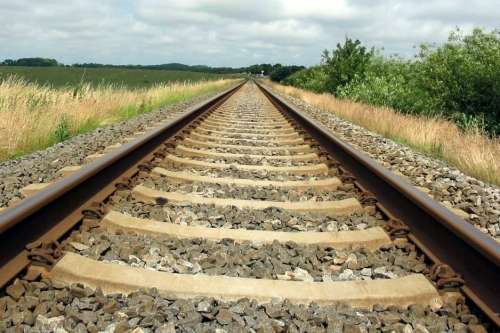Railway suicide rates climb despite industry efforts

Railway suicide rates in England and Wales have risen since the year 2000 despite measures aimed at reducing them, researchers from the University of Bristol have warned.
From 2000 to 2013, the level of railway suicides, as a proportion of suicide in all persons, increased from 3.5 to 4.9 per cent. This trend was mainly driven by increases in male railway suicides.
Dr Kyla Thomas, from the School of Social and Community Medicine, led the reasearch, which has been published in BMC Public Health. She said: "Although railway suicide is a relatively uncommon method of suicide, it is a highly lethal one. This continued rise in male railway suicide rates in England and Wales is extremely worrying, particularly given the psychological trauma and high economic costs associated with these deaths.
"Railway suicides cause significant and long-lasting psychological effects on friends, relatives, witnesses, emergency personnel and especially on train drivers. Economically, each UK railway suicide is estimated to cost around £61,000 in train delays and managing the incident. The prevention of railway suicides is clearly a priority for the rail industry, and it has taken action on it."
In 2010, a 'Tackling Suicide on the Railways' programme was launched as a joint initiative by Network Rail, the Samaritans and other organisations including the British Transport Police and train operators. It aimed to achieve a 20 per cent reduction in railway suicides from 2010 to 2015.
Some of the programme's measures included posters to increase public awareness of the Samaritans, training for rail staff in how to manage suicidal contacts, trauma support training for staff affected by railway suicide, and physical alterations such as mid platform fencing at railway stations.
Dr Thomas said: "Despite a £5 million investment, and all the right organisations being involved, there is not much evidence that the programme has had a clear impact. As railway suicide rates in men increased by 31.3 per cent from 2010 to 2013, it is unlikely that the programme's original target of a 20 per cent reduction in railway suicide from 2010 to 2015 will have been achieved."
More information: Railway suicide in England and Wales 2000–2013: a time-trends analysis BMC Public Health DOI: 10.1186/s12889-016-2944-x



















